
- Splash Swedish Duck – Sold as Baby Ducklings Only
Shipped Mid Feb thru June.
Minimum of 3 to ship.
Continue Reading
Shipped Mid Feb thru June.
Minimum of 3 to ship.
Continue Reading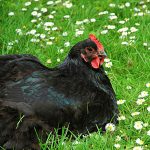
The definition of black chicken breeds depends on who’s talking. The term might refer to a breed that’s truly all black — feathers, comb and wattles, beak, shanks and feet, skin, and even bones. But some chicken breeds with black skin and other body parts have varieties with alternative plumage colors besides black. Many chickens […]
Continue Reading
Homegrown eggs are so tasty they are unlikely to sit around long enough to spoil. However, eggs do occasionally go off. Every chicken keeper should know how to tell a good egg from a bad egg. Why an Egg Goes Bad A bad egg is generally one that has been contaminated, rendering it inedible or […]
Continue Reading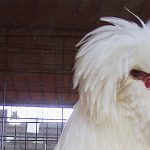
Chicken breeds with beards came about as a genetic mutation. Chicken keepers liked the appearance, and so they continued to breed more of the same. Other than the cuteness factor, scientists have yet to find any significant advantage or disadvantage to a beard on a chicken. A beard appears as elongated feathers growing beneath a […]
Continue Reading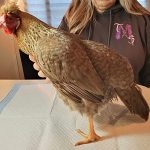
Water belly is a condition in which a chicken’s body cavity fills with fluid, causing the abdomen to bulge. It is not itself a disease, but rather a sign of heart failure. Let’s take a look at the various causes of water belly in laying hens. Heart Failure in Laying Hens As with people, aging […]
Continue Reading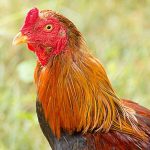
The Aseel chicken is an ancient game fowl from India. The name of this indigenous breed means trueborn or purebred. Aseels have an upright stance, square shanks, and short legs set wide apart. Their ears are red, and they have a pea comb and minimal wattles. These slow-growing chickens have well developed muscles, although their […]
Continue Reading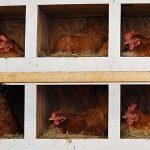
How many chicken nest boxes you need in your coop depends in part on the number of hens in your flock. A second factor is whether or not your hens one of the top laying breeds. Here are some guidelines for determining the best number of nests for your specific flock. How Many Nests The […]
Continue Reading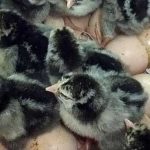
Before eggs can develop into chicks or other poultry, they must experience a specific amount of heat and humidity for a specific length of time. Most hens instinctively know what to do. Here are 6 reasons you may instead prefer to hatch poultry eggs in an incubator. Reliability Hens of your chosen breed may not […]
Continue Reading
Egg whites may be whipped to as much as eight times their original volume. Whipping not only adds air to the whites but causes the proteins to bond, giving strength to the foam. These few tips on how to whip egg whites will help you get the best results. Fresh Eggs A fresh egg has […]
Continue Reading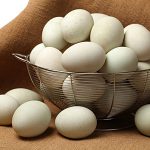
These days everyone seems to be talking about the benefits of duck eggs, which can be pretty pricey at the local farmers’ market. Luckily, when you keep your own ducks, you have ready access to freshly laid eggs. How well you like them depends to a great extent on how you handle your duck eggs […]
Continue Reading